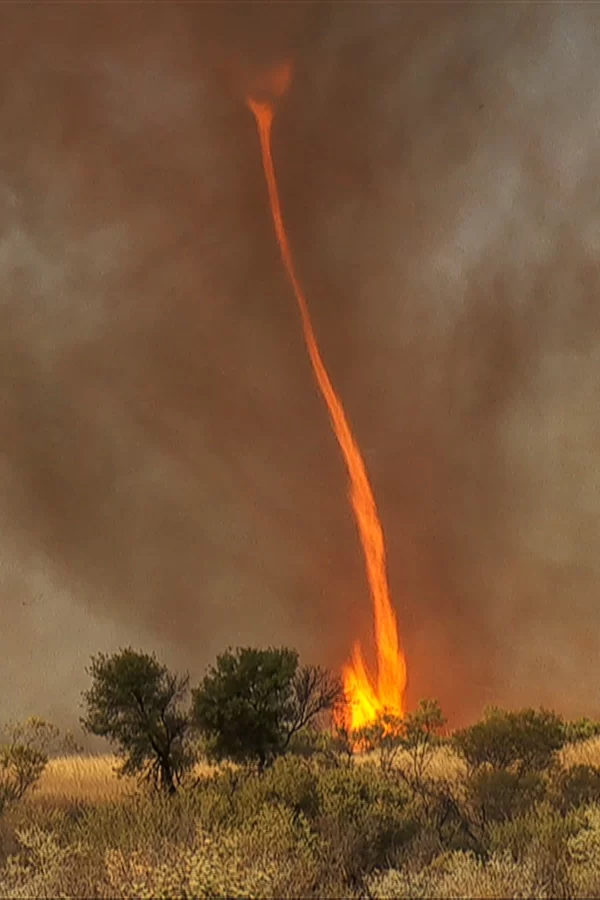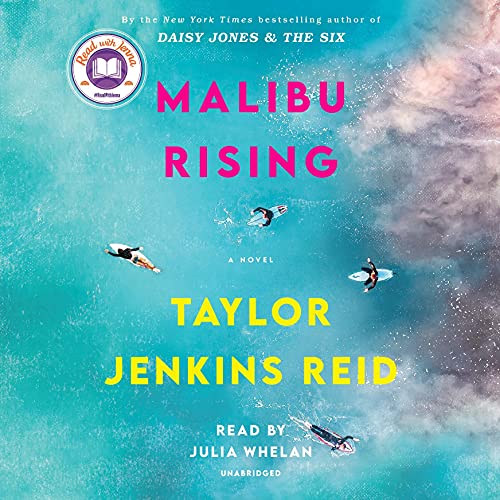Strange Weather Occurrences
November 7, 2022
There are many different forms of weather. The phenomena can range from just a light rain to tropical cyclones reaching more than 200 mph winds. People know weather includes wind, clouds, rain, hail, snow, ice, lightning, and thunder. What some people don’t know is weather can include fire and even a huge burst of one of those 8 elements. Fire tornados are one of the fascinating weather events. Fire tornados occur during wildfires when the storm is creating its own wind. They occur the same way as normal tornados when hot air from the ground collides with the cold air in the upper atmosphere and then as the vortex forms it carries fire into the tornado.
Microbursts are the opposite of tornados. In tornados, the wind is sucked inwards whereas in Microbursts the wind is forced out. Microbursts are smaller versions of downbursts. A wet downburst is when large amounts of rain are dumped onto a single point.
Sprites are a rare form of weather because they occur 30-50 miles up in the sky. Sprites look like a firework but in lightning form. Sprites are a cold plasma discharge that happens above a thundercloud. It is nature’s way of balancing out the positive charge released between the thundercloud and the ground below.
One that many people know about are twin tornados. A twin tornado is a set of two tornadoes that forms from the same supercell. If there are twin tornadoes the storm is most likely very violent. Twin tornadoes can be seen when one is forming and the other is dying out.
Fallstreak holes also known as cirrocumulus or altocumulus clouds form when the water temperature in the clouds is freezing but hasn’t formed ice and when the crystals do form it causes a chain reaction which causes the water droplets to evaporate and leaves behind a massive hole.
Many think of the occurrence when the sky was raining fish. The sky wasn’t actually raining fish, the fish were being dropped back to earth after being sucked into a waterspout. Waterspouts form when cold air moves over a body of water resulting in a large temperature difference between the cold air and warm air. They are the same as land tornadoes. They usually occur with high winds and heavy thunderstorms. They can be very weak and only last a few minutes. Some of them don’t even move across the water.











